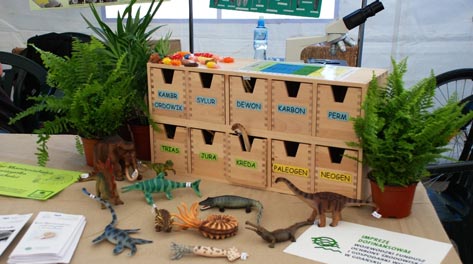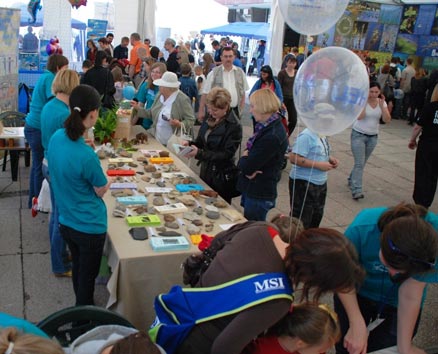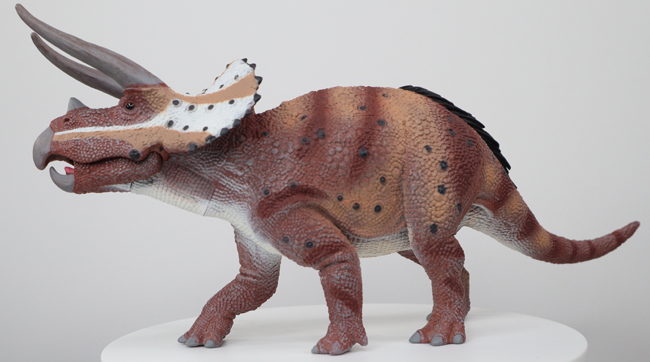A Thank you from the Baltic Science Festival
Everything Dinosaur Helps Out at Baltic Science Festival
Back in the spring we were contacted by scientists from the Department of Marine Geology at the University of Gdańsk (Poland) to supply some prehistoric animal models that would help them describe and illustrate some of the ancient marine creatures of the Mesozoic. The University team were presenting at the eighth annual Baltic Science Festival which ran from the 27th to the 29th of May. This event involves a number of scientific organisations and academic organisations presenting on a varied number of scientific topics to the public.
Topics covered included the invasion of alien species in the Baltic sea, wave dynamics, conservation projects and studies of the region’s fauna and flora.
Baltic Science Festival
We supplied models of ichthyosaurs, ammonites, belemnites, elasmosaurs and other prehistoric animals, all of them received favourable comments from mums, dads and young dinosaur fans alike.
Everything Dinosaur Models helping the University of Gdańsk

Picture credit: Małgorzata Leśniewska
The University Team Hard at Work at the Science Festival

Scientists hard at work. The prehistoric animal models were displayed next to fossils to help visitors to appreciate the significance of the region’s ancient history.
Picture credit: Małgorzata Leśniewska
Commenting on the event a spokesperson for the University of Gdansk said:
“Everything went well, kids just loved the models and we had many questions from the adults about the source of the models. I hope they will use the information someday.”
Delighted to hear that the festival was a success, well done to everyone involved.
Prehistoric Animal Models and Replicas
A spokesperson for the UK-based dinosaur company Everything Dinosaur added:
“We were happy to help the University team as they made preparations for the Baltic Science Festival. With our knowledge of prehistoric animal figures and replicas our team members were able to provide the researchers with all the models they needed.”
To see the range of prehistoric animal models and replicas in stock at Everything Dinosaur: Dinosaur and Prehistoric Animal Replicas.


